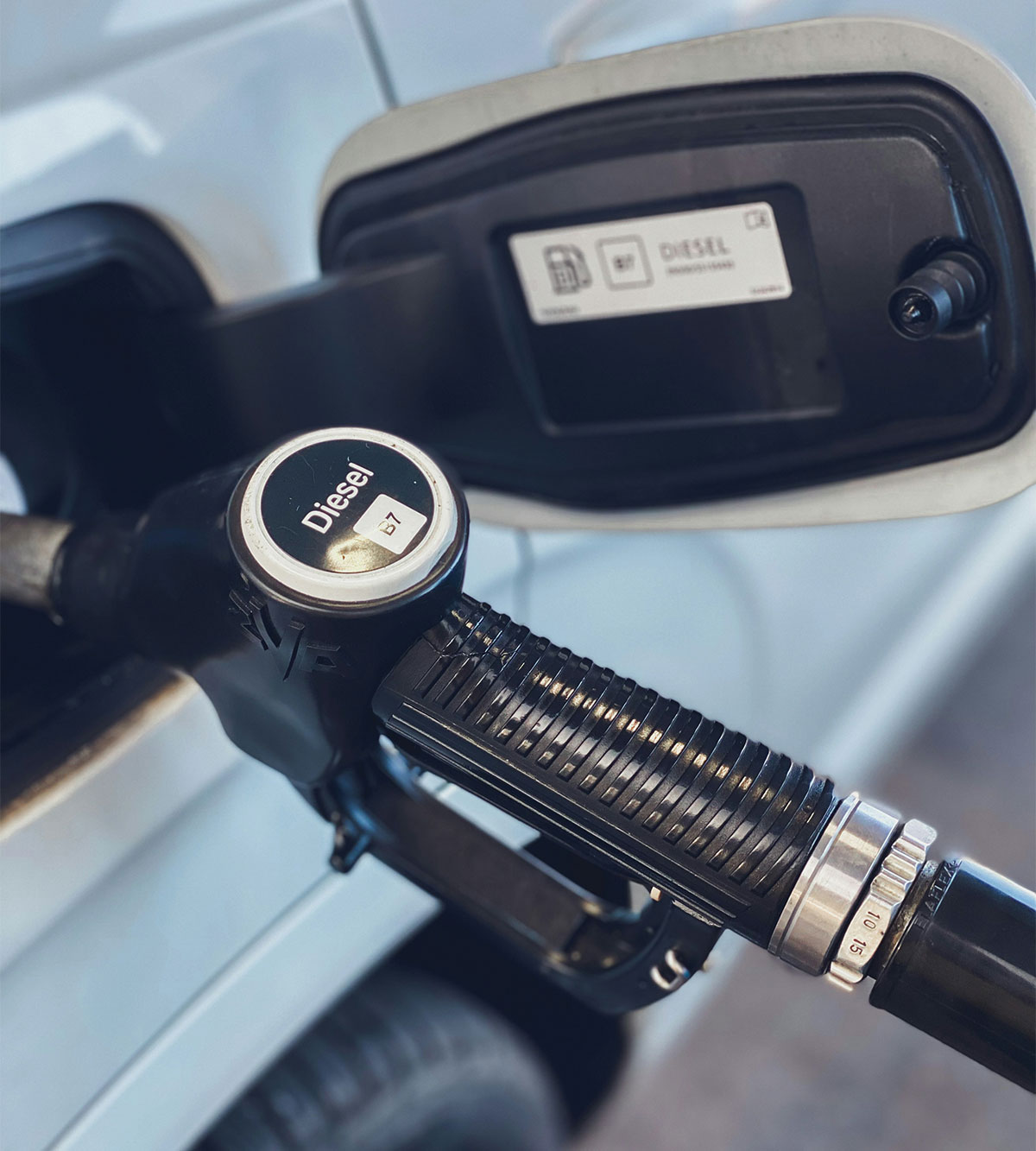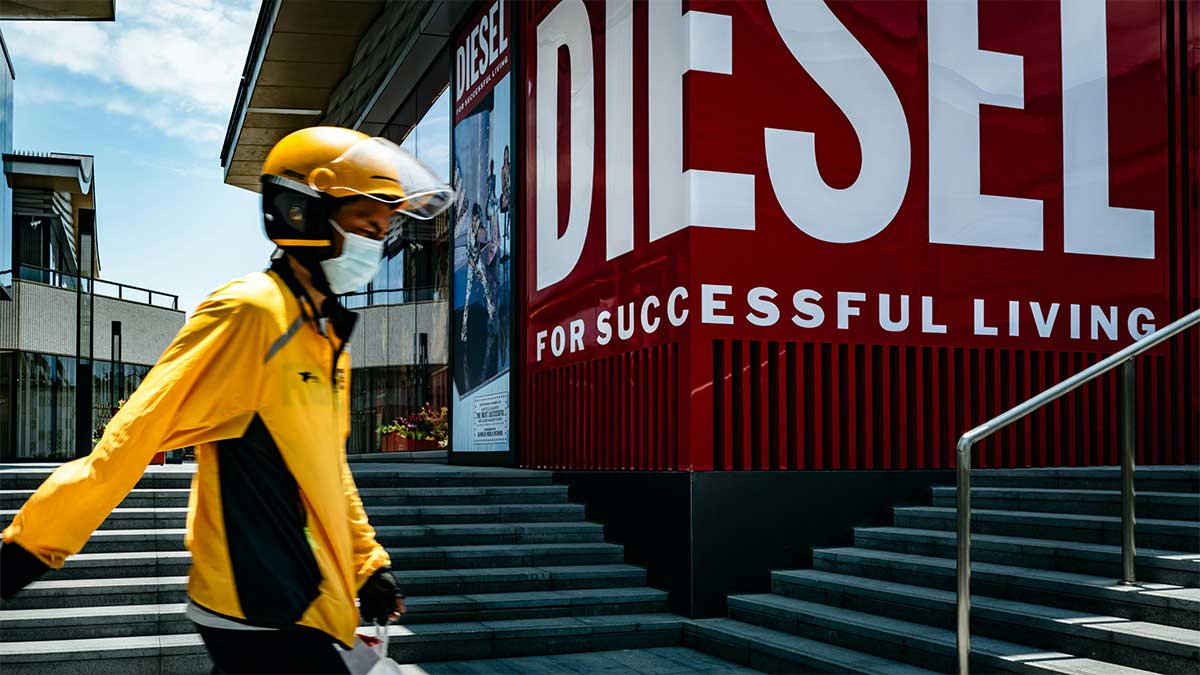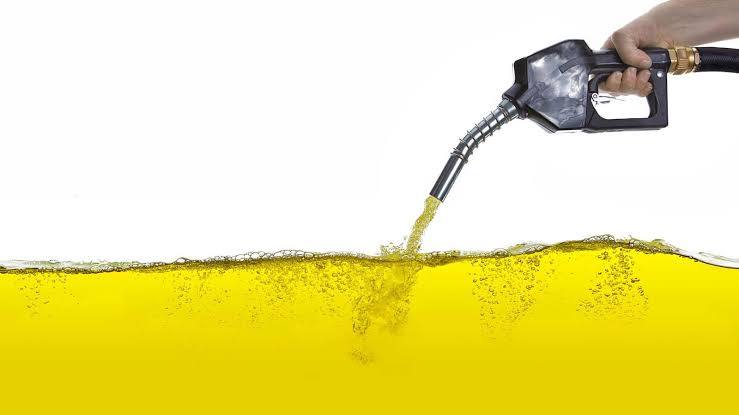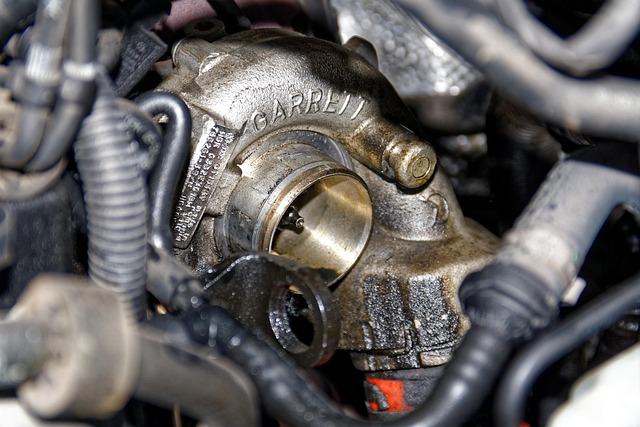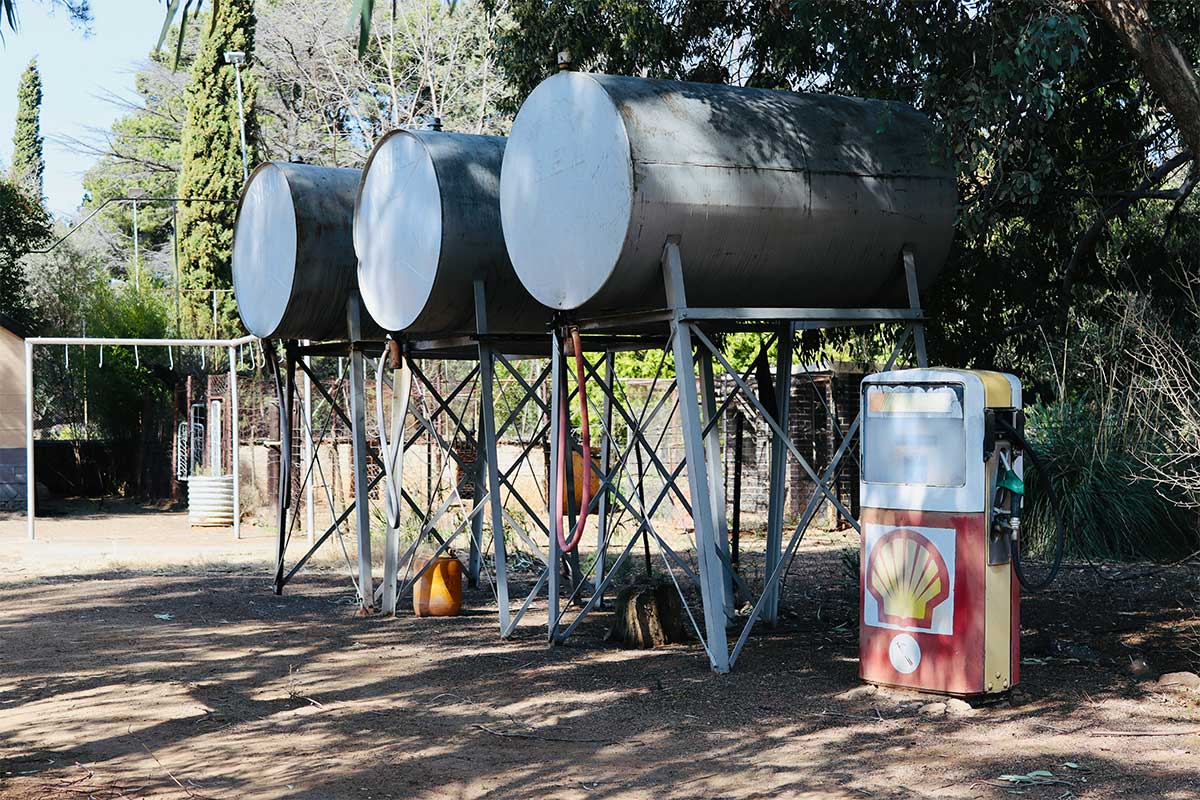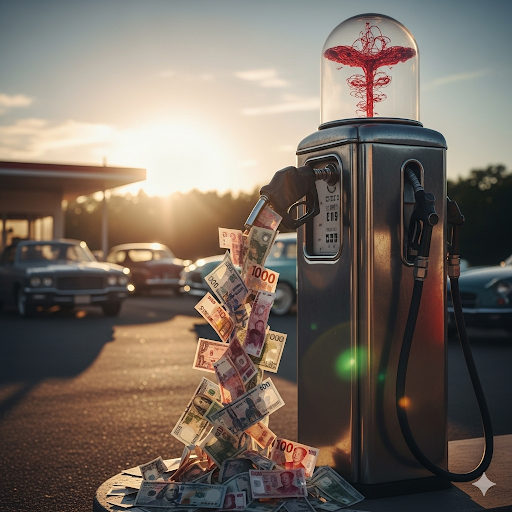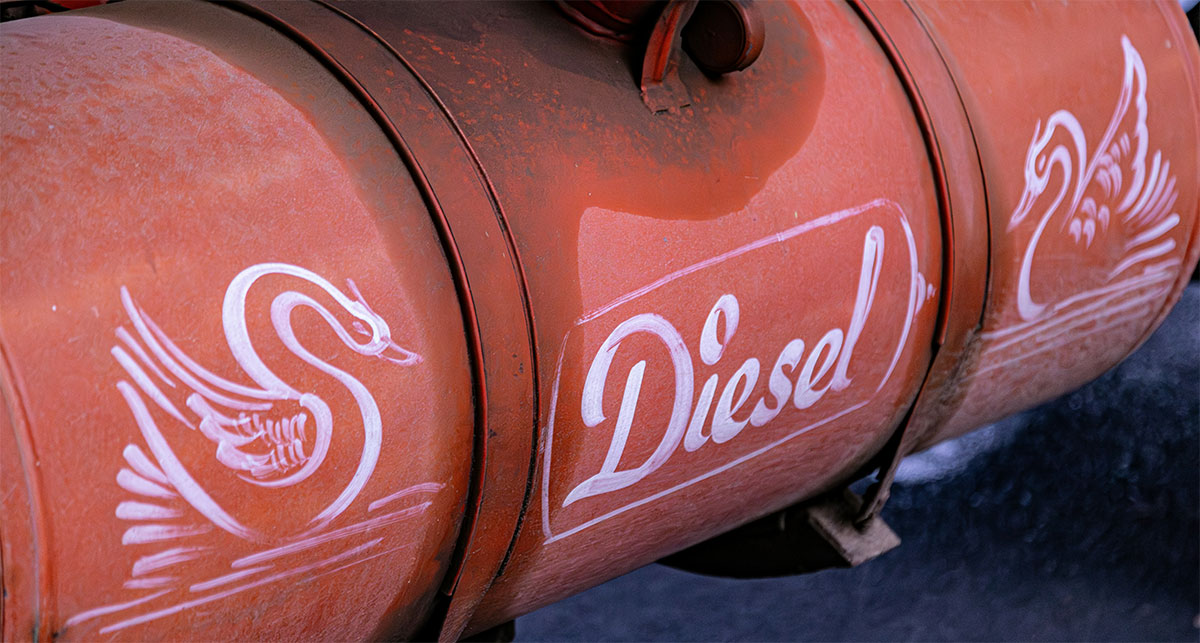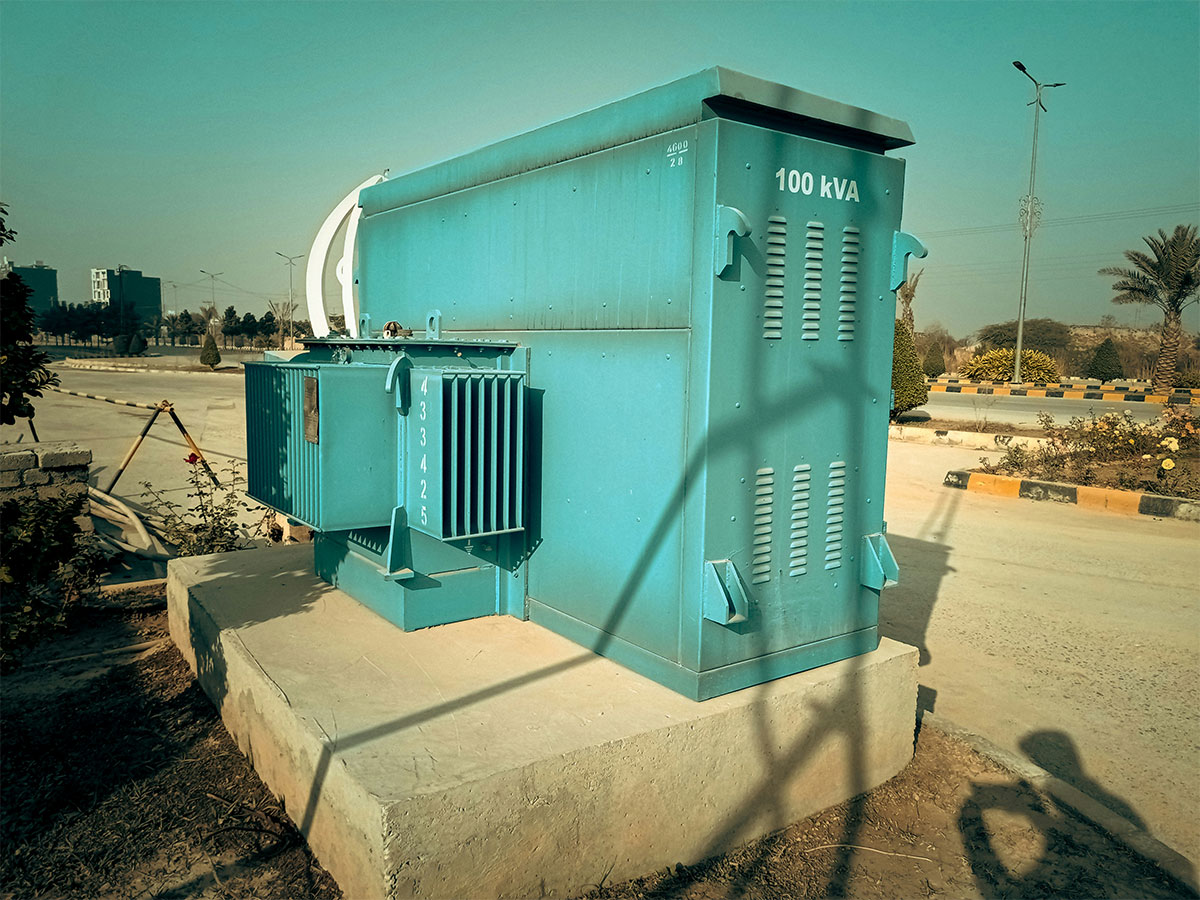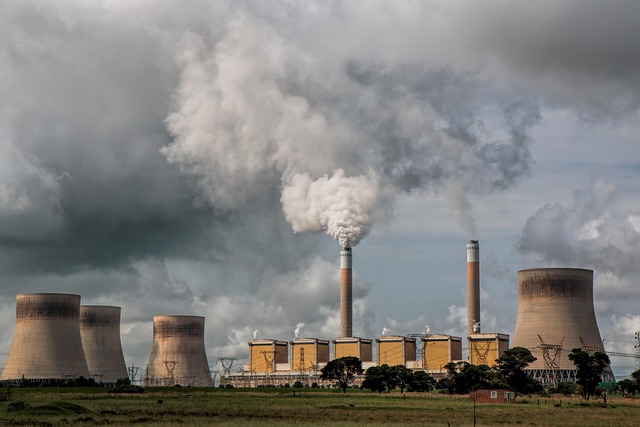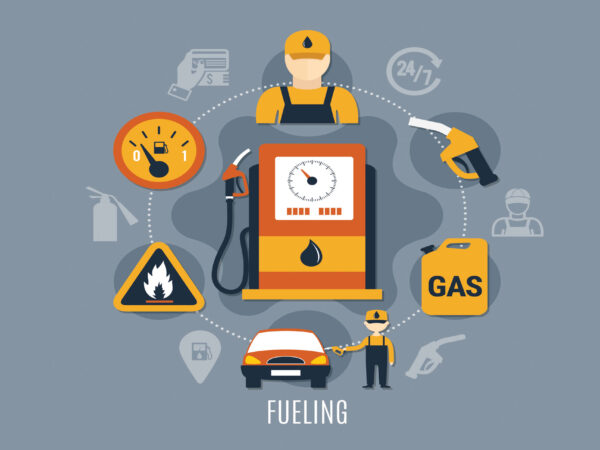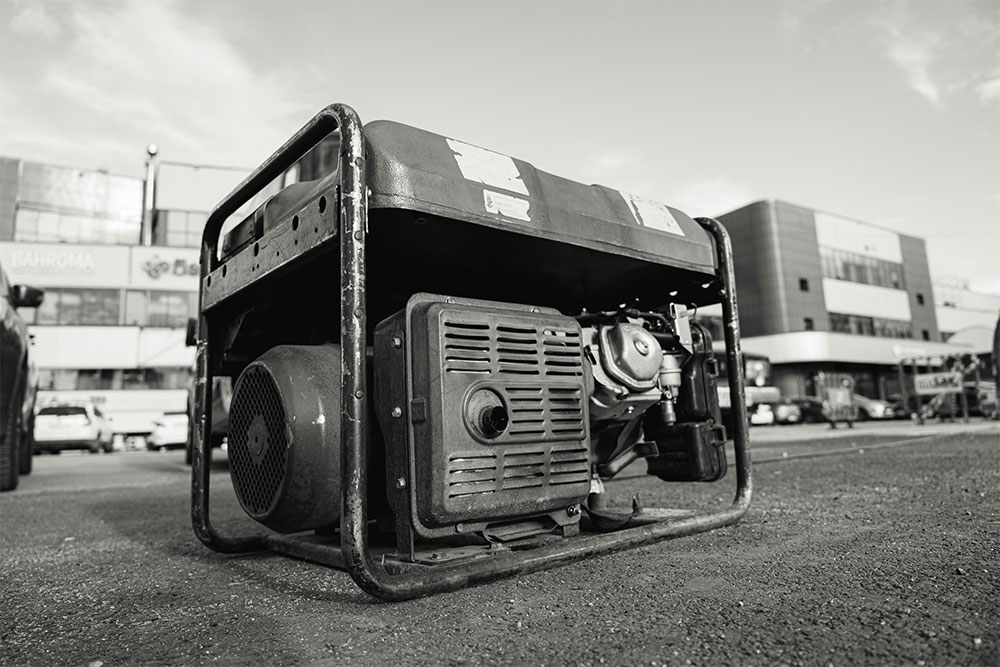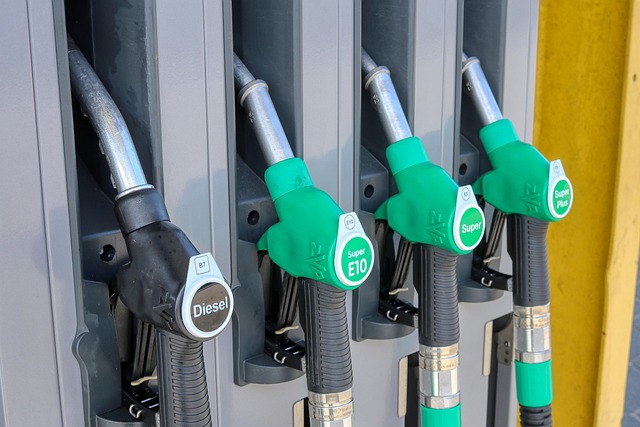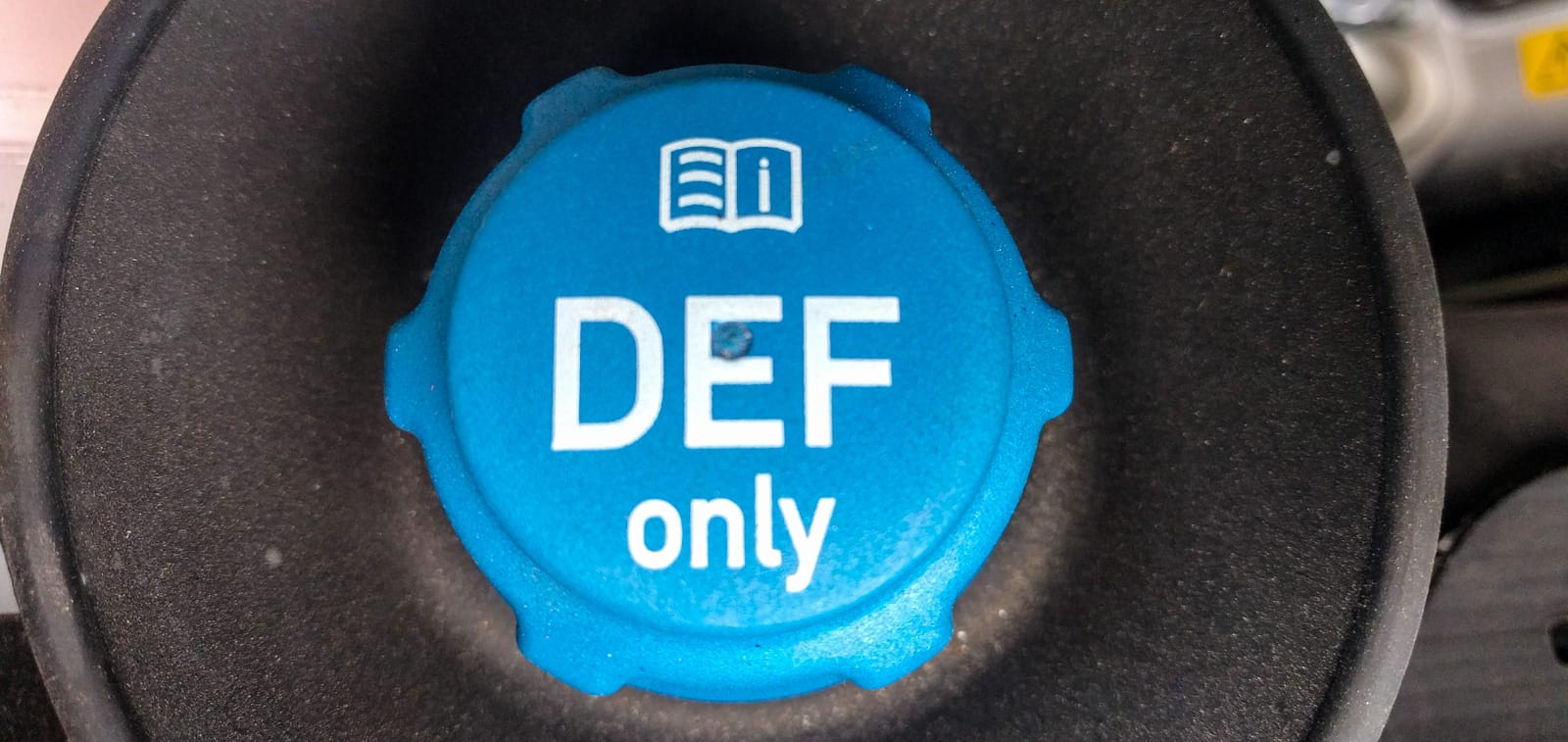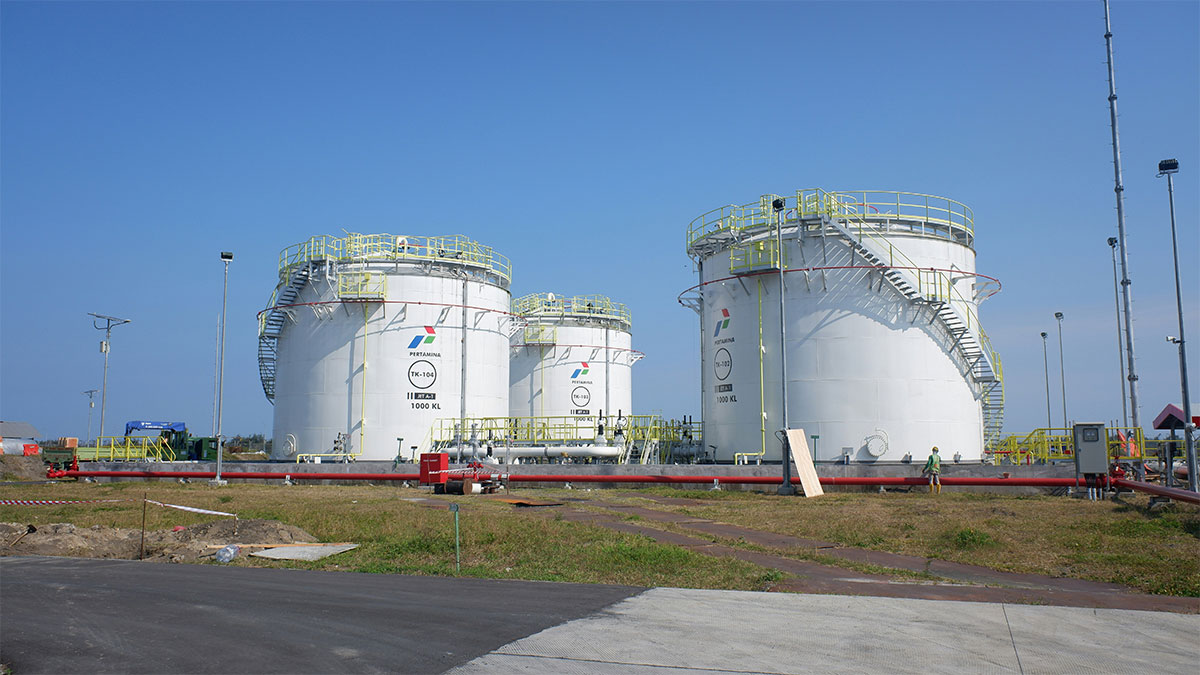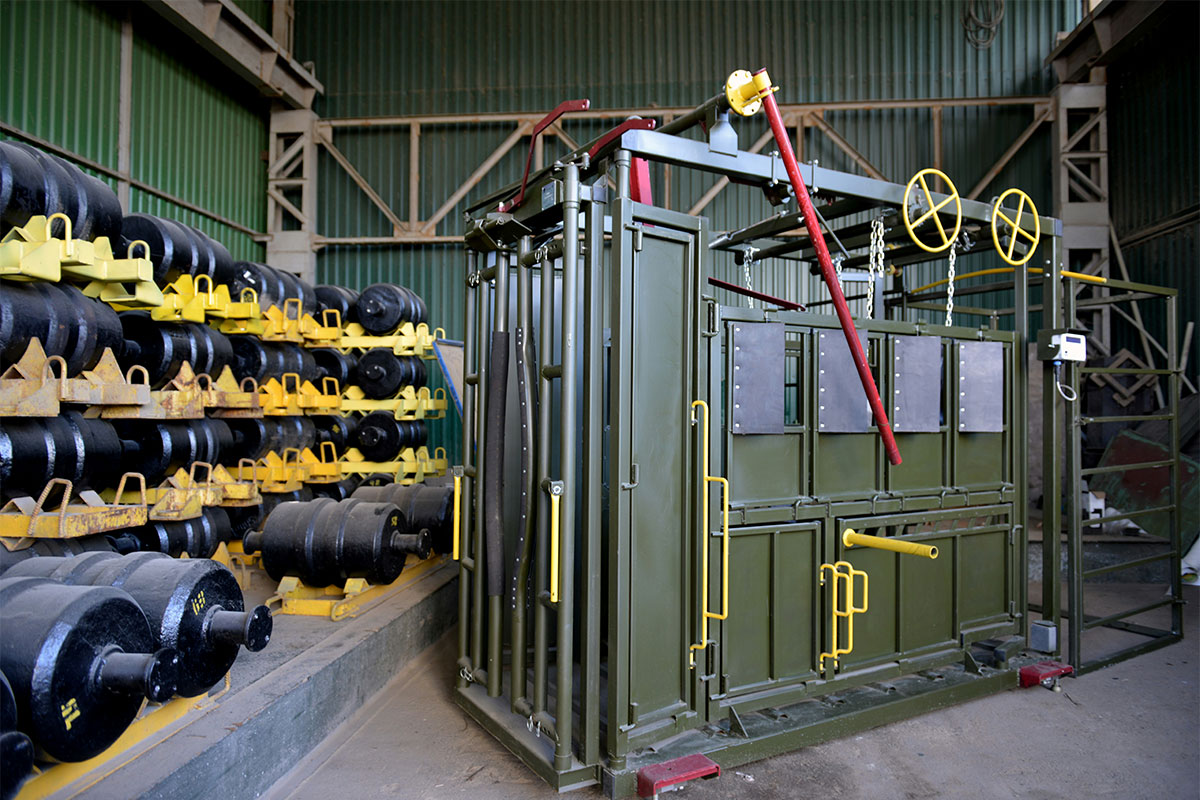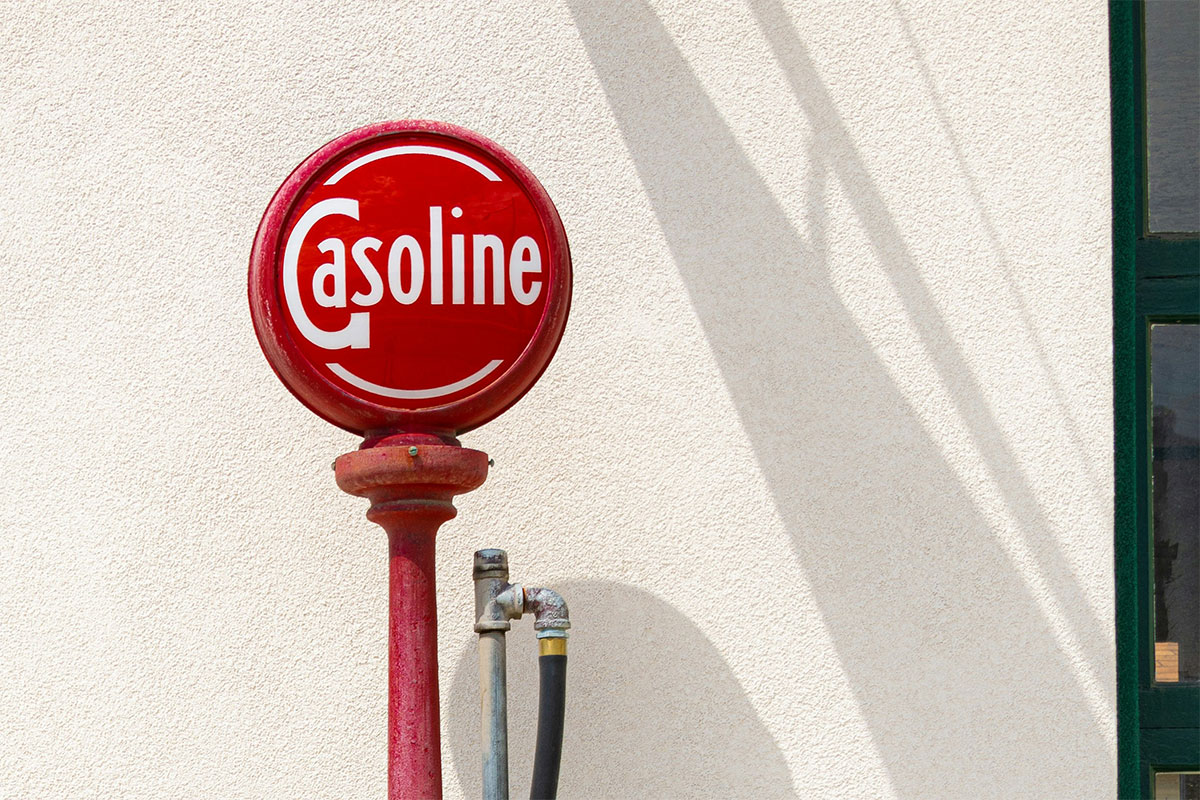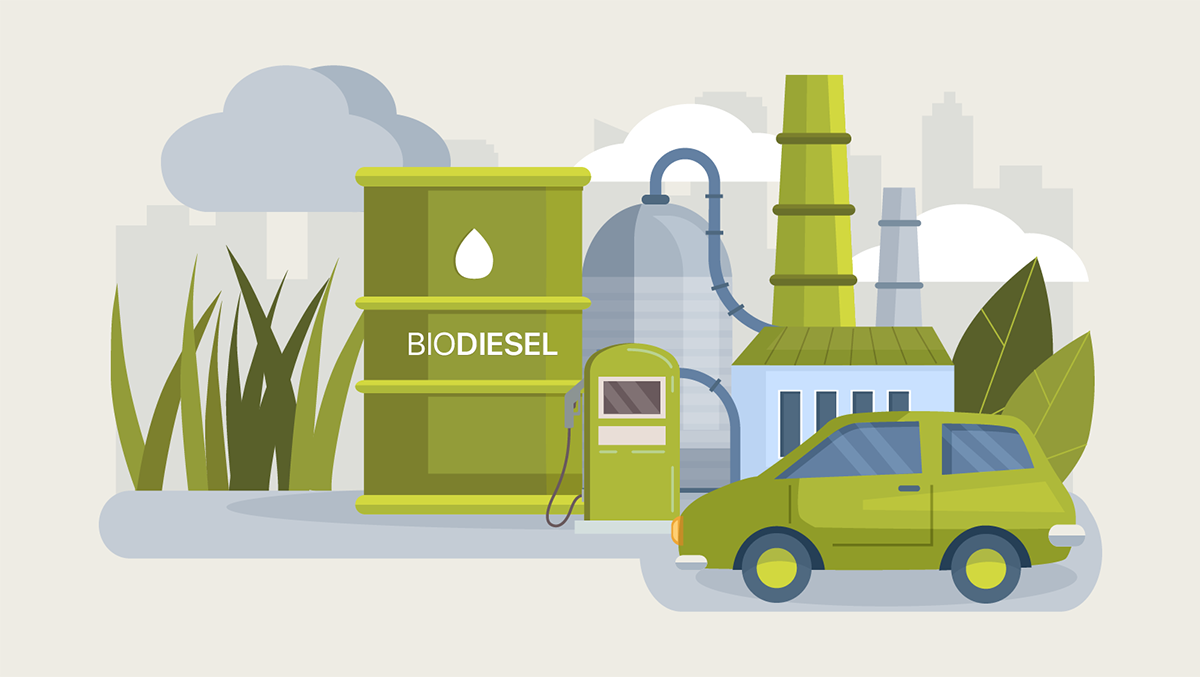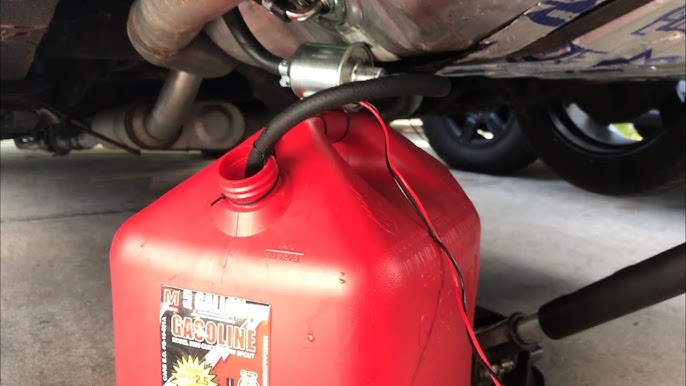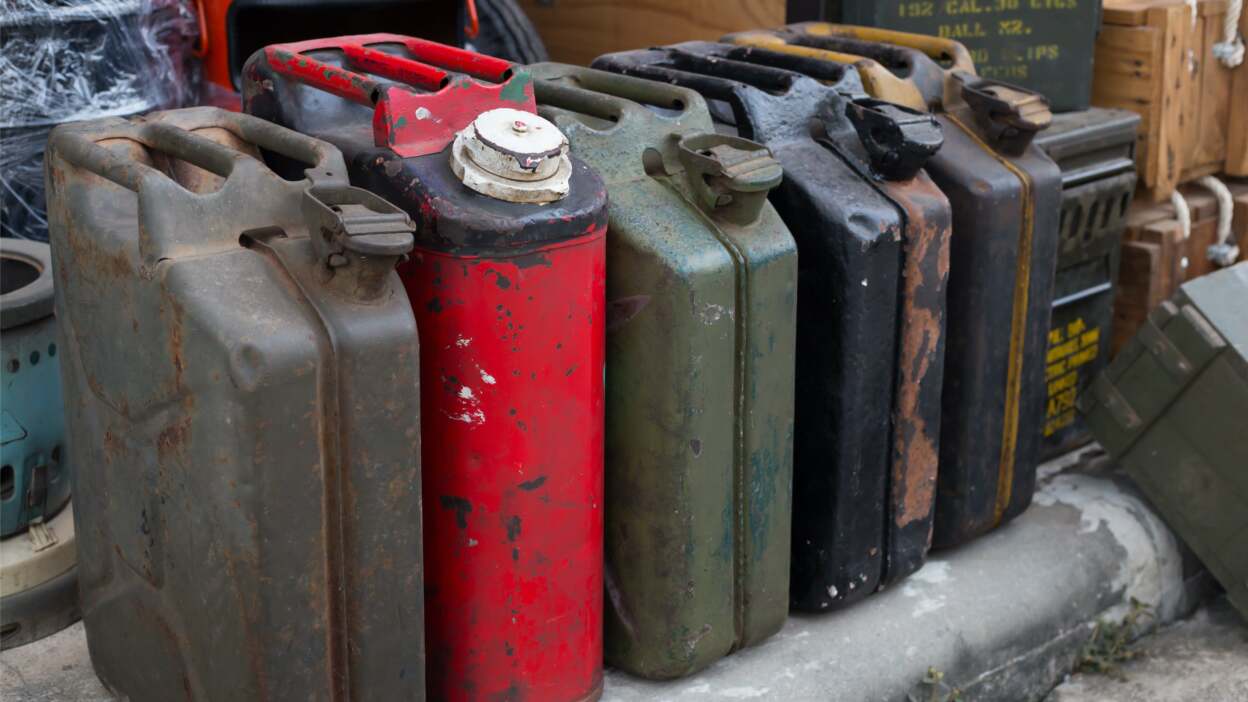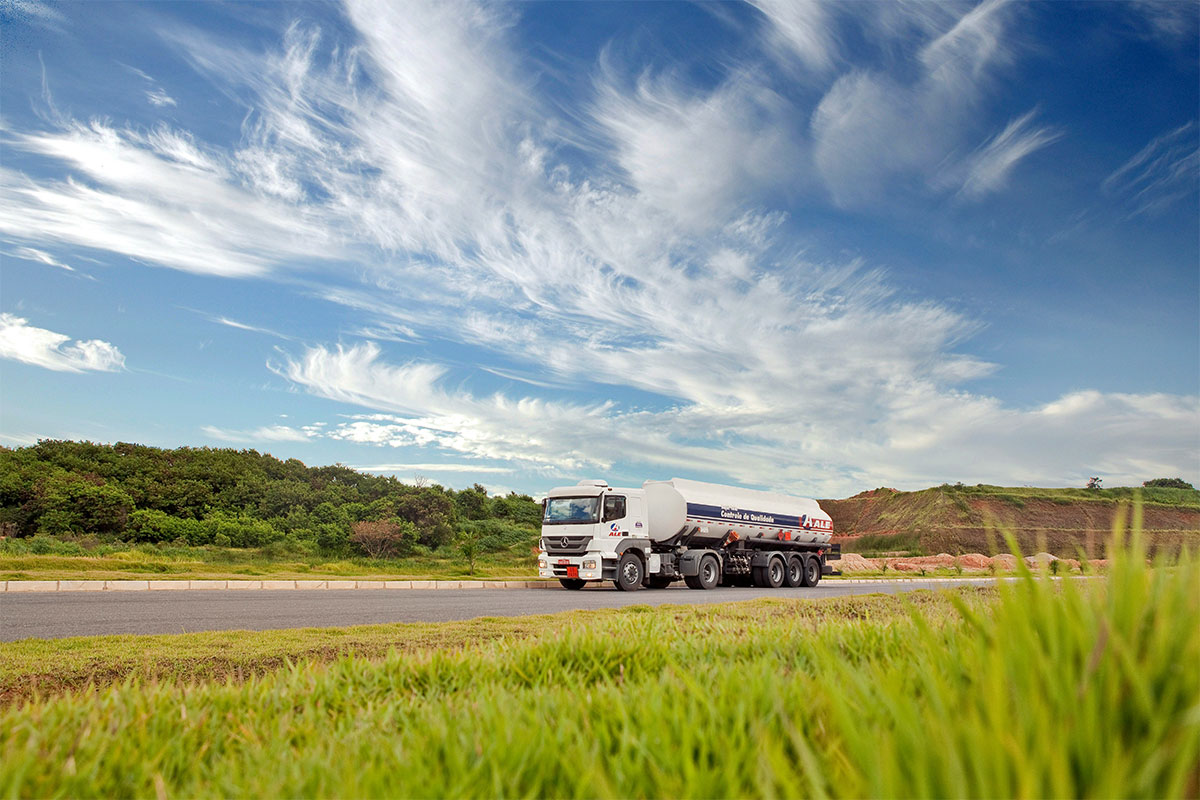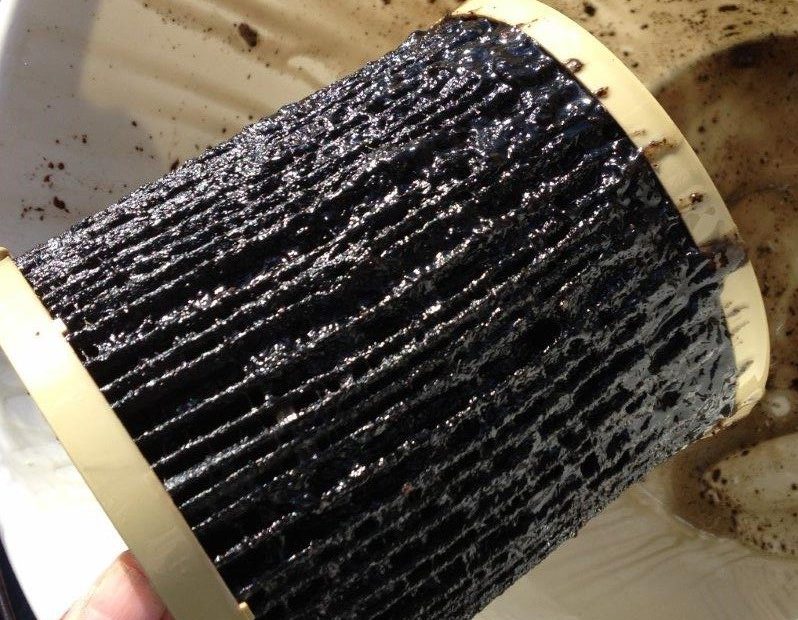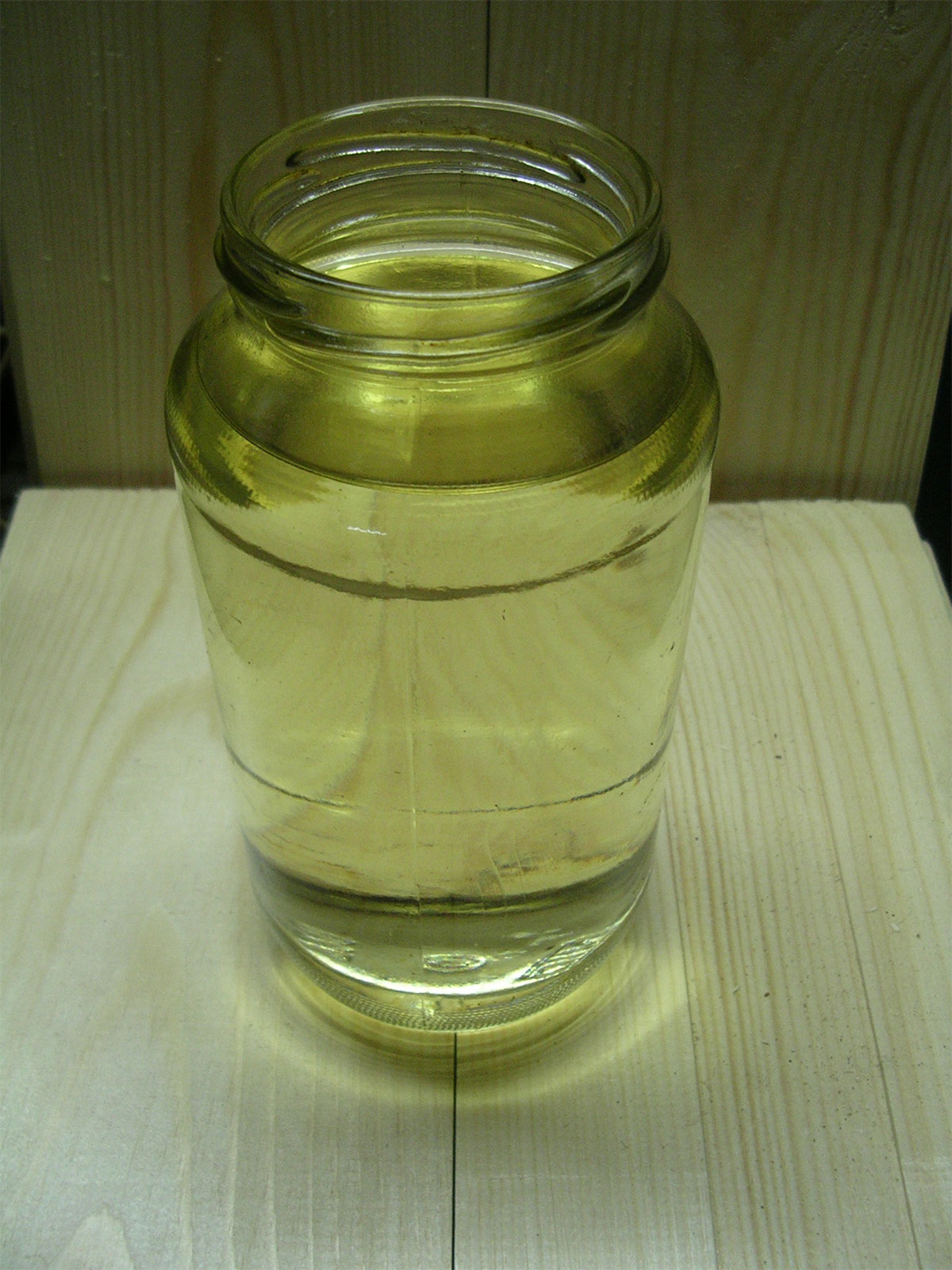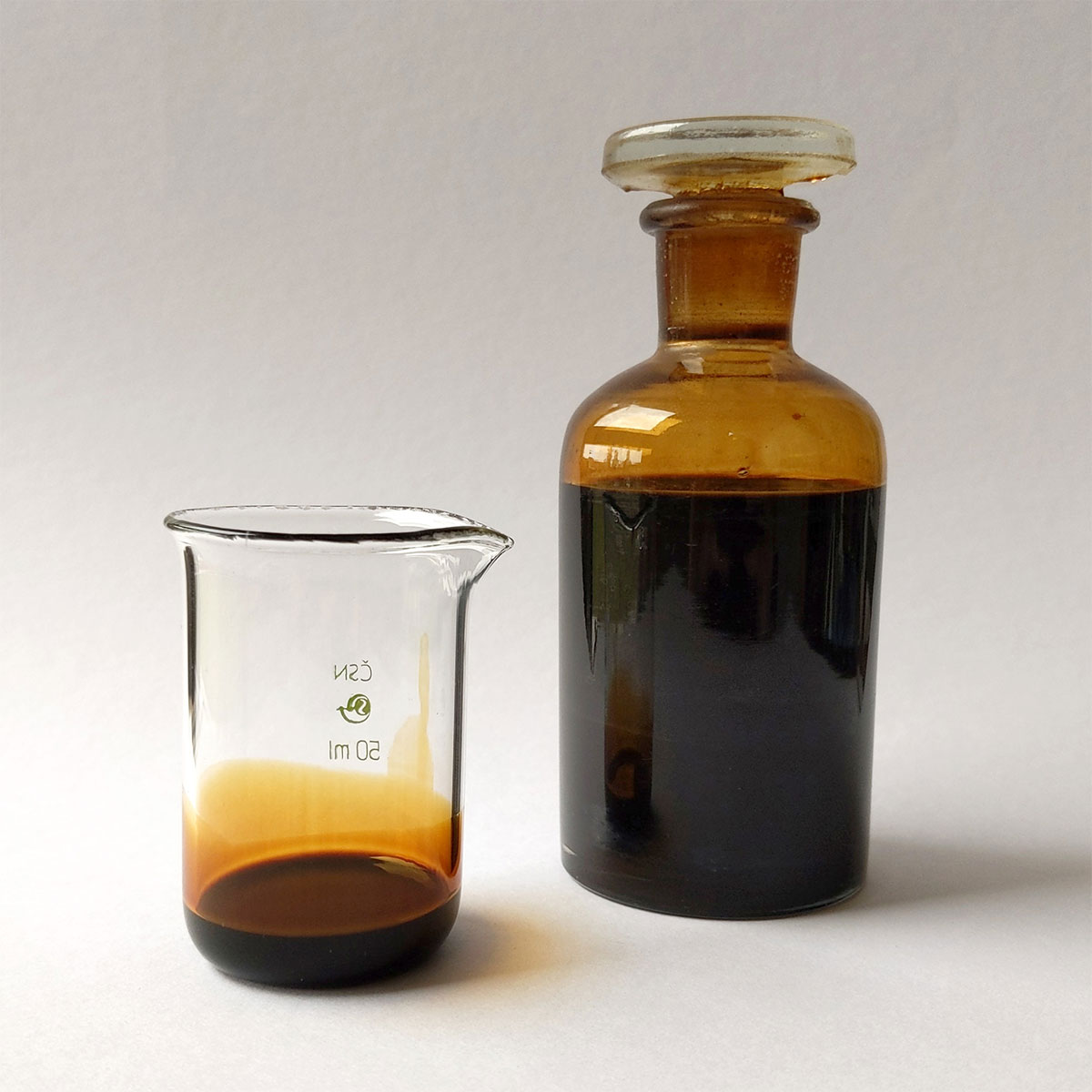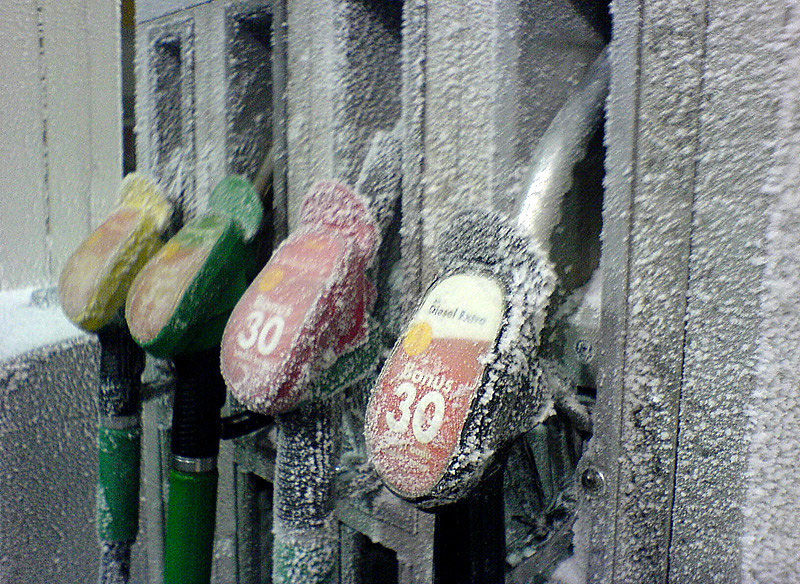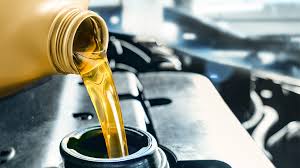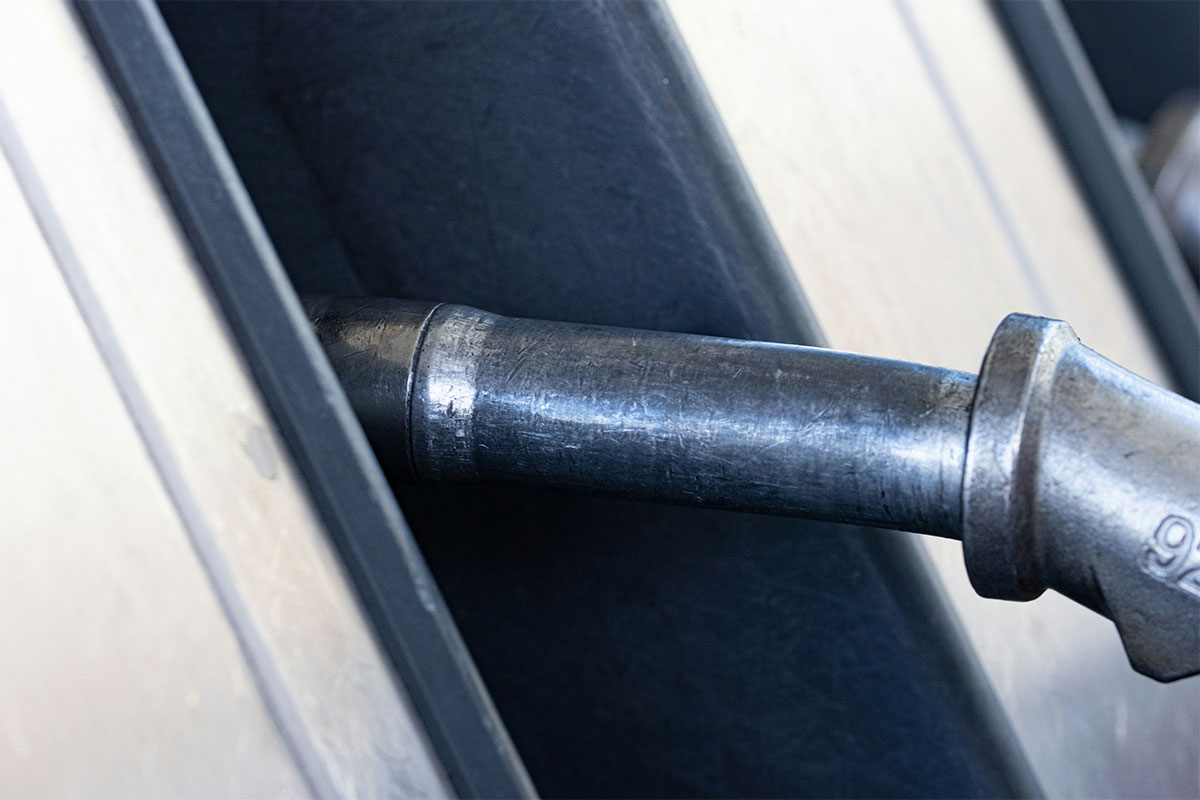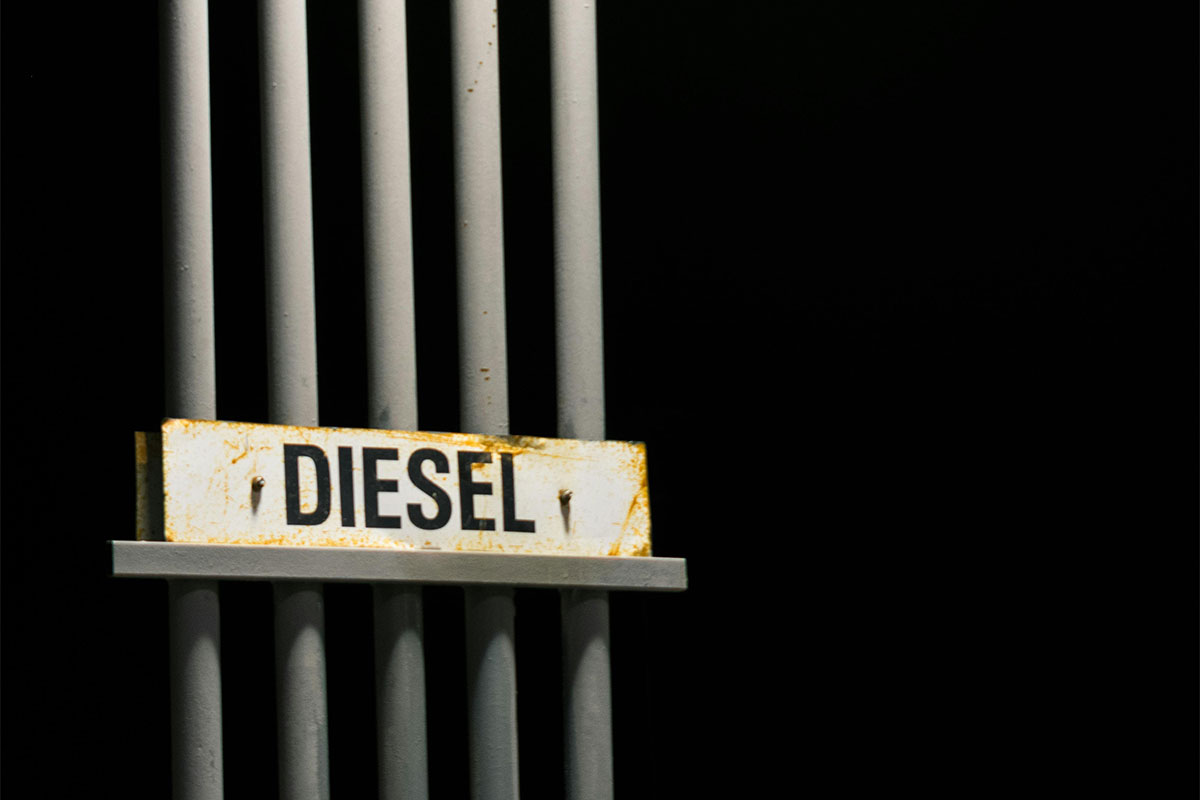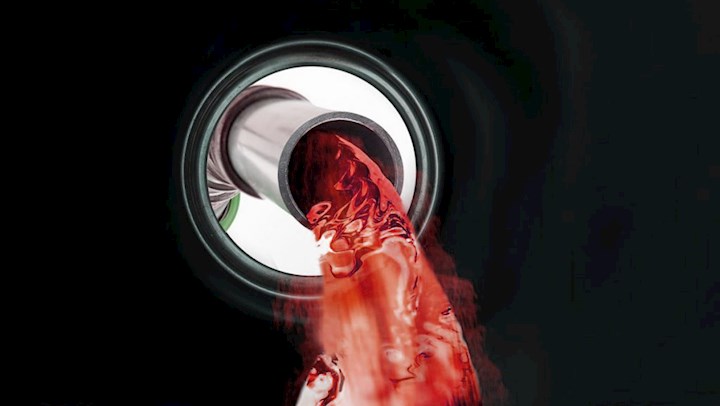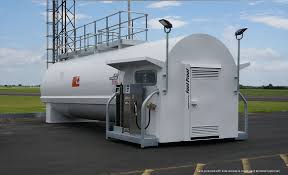Key Takeaways
- Chemistry is similar but taxation and permitted uses make the real difference clear.
- Use white diesel vs red diesel correctly to avoid fines and downtime.
- Red diesel is dyed for easy identification and roadside dip-tests are used to detect misuse quickly.
- Mixing fuels is risky and often illegal; maintain segregated tanks, hoses, labels.
- Check local regulations for eligible users across agriculture, construction, marine, and heating.
Table of Contents
White Diesel Vs Red Diesel
White diesel is also known as “DERV”, which means diesel for road vehicles. With that name, you can tell that white diesel is the regular fuel used on public roads by cars, vans, highways trucks and other diesel vehicles that drive on public roads. On the other hand, red diesel is reserved for off-road usage. Red-diesel is dyed by the government to show its demarcation for off-road use.
Chemically, both white and red diesel have the same composition and performance. So their major difference is in taxation. White diesel which is used in roads has excise taxes which make a liter of white diesel more expensive than that of red diesel which is exempt from these excise taxes as it isn’t allowed on roads. Red diesel is uniquely used in off road applications such as agriculture, mining and construction. It is banned on public roads and exempt from some taxes white diesel which is used on roads is subjected to. Knowing this difference is key when choosing the correct type of diesel for your vehicle, avoiding unnecessary fines and staying compliant with fuel regulations.
Below is a table comparing white diesel side-by side
| White Diesel | Red Diesel |
|---|---|
| Clear to pale yellow color | Red due to dye added to it |
| Can be used on public roads | Is only used in off-road activities |
| Costs $3.188/gallon according to AAA gas prices website | Costs between $2.70-$3 per gallon |
| Subject to excise taxes | Exempt from excise |
What Is White Diesel Used For?
White diesel, otherwise known as road diesel is the diesel you will get at the pump when you drive to refill your vehicle. It is the fuel that is allowed on public roads. It is also more expensive than red diesel due to the excise taxes imposed on it. These taxes are useful as they help the government build new road infrastructure and maintain existing ones.
So if a vehicle or piece of machinery has to go on a public road and uses diesel, what has to be in its tank should be white diesel. If a vehicle is found on a public road with dyed diesel, it could lead to fines for the owner, vehicle seizures and even criminal charges if the offense is a repeated one. Running your on-road vehicle on white diesel saves you from fines and keeps you compliant with regulations.
Not Sure If You Can Use Red Diesel?
Red diesel is limited to specific off-road uses (e.g., agriculture, construction, marine) and misuse can trigger fines and back-duty. Use our quick guide to confirm eligibility and stay compliant with dye-test inspections and recordkeeping.
White Diesel And DERV Compared To Other Diesel Fuels
DERV which means diesel engine road vehicle is what we have referred to so far as “white diesel”. It is the fuel used on public roads by vehicles running on diesel. It is widely available at filling stations.
| Fuel Type | What it is | Efficiency | Environmental Impact |
|---|---|---|---|
| White Diesel (DERV) | Ultra-low sulfur diesel derived from petroleum meeting EN 590/ASTM specs | High energy density. Provides the baseline for comparison Dependable mileage expected by most drivers |
Standard fossil fuel with higher greenhouse gases than renewable options. |
| Green diesel | Drop in fuel made from renewable sources Works in most diesel engines. |
Usually equal to or slightly better than white diesel mileage. | Lower lifecycle emissions Cleaner combustion than fossil diesel. |
| Biodiesel. | Plant/animal diesel blended with fossil diesel | Slight drop in miles per gallon drop at higher blends and minimal change at low blends. | Cuts particulates and lifecycle CO₂ versus pure fossil diesel Blends best with quality fuel. |
Why Is Red Diesel Dyed Red?
Red diesel is dyed to make subsidized, off-road fuel instantly recognizable and harder to misuse in road vehicles. The vivid color, together with invisible chemical markers, signals that the fuel carries a tax exemption and is restricted to specific applications like agriculture, construction equipment, mining, heating, and standby power.
For enforcement, officers perform quick “dip tests” at roadside checks or job sites, withdrawing a small sample to look for dye and markers. If suspicious, they send samples to a lab for confirmation and quantification. Given traces linger in tanks and fuel lines, even partial mixing is detectable. Authorities also audit delivery records, tank labeling, and receipts. If you’re found using red diesel on the road, the authorities can issue you fines, seize your vehicle, or require duty back payments. Visual cues plus forensic testing make evasion risky, costly and difficult.
Need Compliant Fuel for Road & Site Equipment?
White diesel is for on-road vehicles; red diesel is for permitted off-road operations. We’ll help you set up segregated tanks, delivery schedules, and documentation so you’re inspection-ready and never risk cross-contamination.
Who Can Use Red Diesel Now?
Eligibility to use red diesel depends on national law, but in principle, it is reserved for off-road, non-road-fuelled activities that receive a tax exemption. Typical permitted users include farmers and growers, forestry operations, fish farms, commercial marine vessels, rail and off-highway plants, as well as heating, backup generators, and construction equipment. Proof of entitlement and documented records are essential.
Construction companies, contractors, and private motorists are often excluded, or allowed only for specific, non-propulsion uses. Penalties for misuse can include vehicle seizure, fines, and retrospective duty. Given that these rules differ widely (for example between the UK, EU states, and North America), you should check local regulations, get updated on fuel policies, label tanks clearly, and train staff on compliant purchasing and storage.
Is It OK To Mix Red And White Diesel?
The short answer is “no”. Mixing red and white diesel is discouraged and often illegal because the dyed fuel carries a tax exemption strictly for off-road uses. Combining them contaminates tanks with dye and chemical markers that remain detectable long after dilution. Authorities can treat any trace as evidence of misuse, triggering fines, back-duty, or seizure. Keep dedicated tanks, hoses, and purchase records at hand.
- Legal risk: Roadside dip-tests detect dye even at tiny concentrations, leading to penalties like fines, back-duty, impoundment, and criminal charges.
- Efficiency impact: Mixing complicates calibration, causing slight miles per gallon loss, rough running, and diesel particulate filter regeneration issues in service.
- Best practice: Segregate tanks and equipment, label clearly, train staff, and purge systems professionally before switching fuels.

Is White Diesel Cleaner Than Red Diesel?
We will look at whether white diesel is cleaner than red diesel in terms of emissions and purity;
Emissions:
- White diesel and red diesel have the same chemical composition and burn similarly.
- Emission outputs, including CO₂ and particulates, are nearly identical.
- Neither fuel type is inherently “cleaner” in terms of exhaust gases.
Purity:
- White diesel is taxed for road use but not chemically superior.
- Red diesel contains a dye for identification, not an impurity.
- Both fuels meet the same refining and quality standards.
Some common myths around white diesel are;
- White diesel is cleaner , which is false as white and red diesel both adheres to similar refinement standards.
- White diesel improves engine life. This is false. The health of an engine is largely dependent on maintenance.
- Dye lowers performance is false. The dye in red diesel demarcates its regulation and nothing else.
Why Is Red Diesel Considered Better For Certain Uses?
For industries permitted to use it, red diesel offers significant cost savings, given that it is taxed at a lower rate than white diesel, businesses in agriculture, construction, mining and marine sectors can reduce operating expenses when powering heavy equipment or off-road vehicles. These savings add up, especially for operations with high fuel consumption.
Another advantage is its suitability for long-term machinery storage. Red diesel contains additives that help protect engines and prevent fuel degradation during extended periods of inactivity. This makes it particularly useful for farm equipment, backup generators, and other machinery that may sit unused for months but must remain reliable when needed.
Additionally, red diesel helps optimize efficiency in specific applications. For example, construction firms often rely on it to fuel cranes, diggers, and site generators, while farmers use it to power tractors and harvesters. In these contexts, the fuel’s lower cost and stability make it the preferred choice, ensuring essential machinery can operate economically without compromising performance.
Worried About Mixing Red & White Diesel?
Mixing is discouraged and often illegal. If tanks were cross-filled, we can arrange dye testing, tank cleaning, and fuel polishing to protect engines and keep you compliant.
What Are The Taxes On Red Diesel And White Diesel?
The main difference between red diesel and white diesel lies in their taxation rates. White diesel, also known as road diesel, carries the full rate of fuel duty and VAT since it is used in vehicles on public roads. Red diesel, on the other hand, is taxed at a significantly lower rate because it is restricted to off-road applications such as farming, construction, and certain marine uses. This reduced tax rate directly lowers its purchase price.
These tax differences greatly impact pricing and eligibility. Permitted users can benefit from much lower fuel costs, helping them manage expenses in fuel-intensive industries. However, strict regulations apply, and unauthorized use of red diesel on public roads is considered tax evasion, carrying heavy fines and penalties.
What Is The Difference Between White Diesel And Red Diesel?
White diesel, also known as road diesel, is the standard fuel used in cars, vans, lorries, and other vehicles that operate on public roads. It is fully taxed, carrying both fuel duty and VAT, and is available to all drivers at filling stations without restrictions. Red diesel, by contrast, is often called off-road diesel. While chemically similar, it is dyed red to distinguish it and taxed at a much lower rate. Its use is strictly limited to permitted industries such as agriculture, construction, and marine operations, powering tractors, harvesters, diggers, cranes, generators, and certain vessels.

